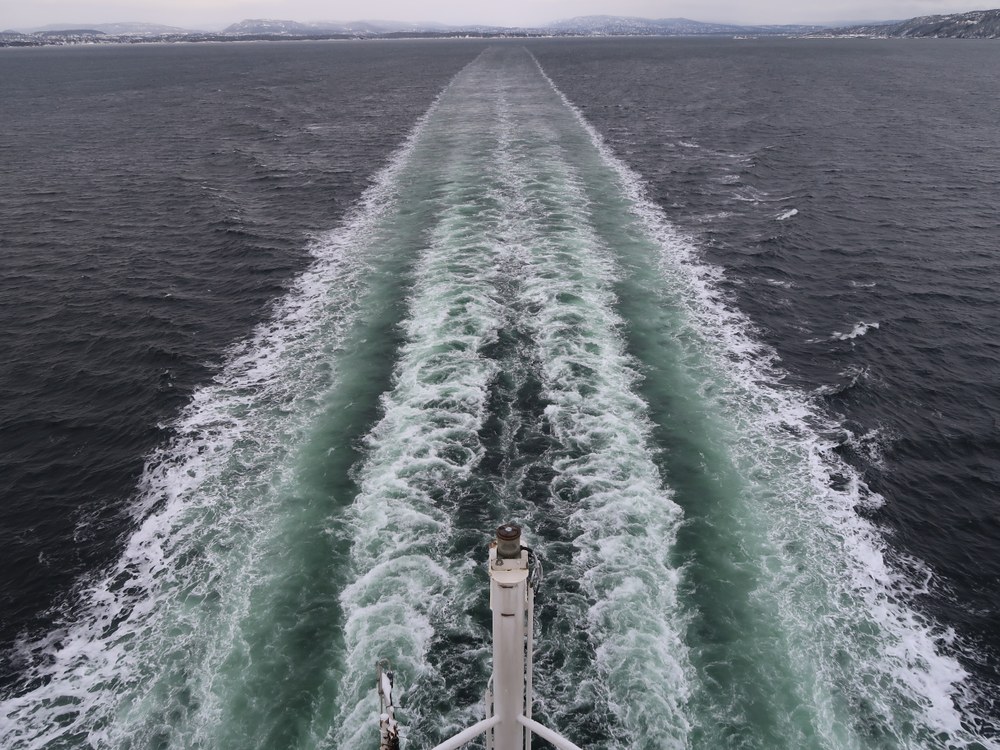One ship, two systems: How the Technology Platform conducts research flexibly and sails safely

- The future Technology Platform combines a basic energy supply system and a flexible, modular research system for testing new energy components in real ship operation.
- With this solution, the team is able to guarantee safety and innovation in equal measure.
- Diesel generator sets equipped with exhaust gas aftertreatment as a hybrid system allow the ship to remain manoeuvrable in any situation.
There are numerous planning steps before a ship can be built. This applies both to standard "off-the-shelf" models and - in particular - to customised designs such as the planned research vessel. This platform is unique because it combines two systems in one: a basic system consisting of a proven, market-ready energy supply, which is part of the construction concept for the delivery of the ship, and a highly flexible and modular research system, which allows scientists to research new types of energy components and fuels in real ship operation. These test components can be connected to the ship's operation so that they can temporarily take over the tasks of the basic system, such as hotel load and propulsion, which allows the practical relevance of the series of measurements at the highest level.
The basic system is crucial precisely because the platform is intended to test new technologies and flexibly combine modules. It guarantees that the ship remains manoeuvrable at all times, even in critical situations. Diesel engines are used to ensure a safe return to harbour - an international requirement that guarantees the protection of the crew and ship. The diesel generators will be equipped with an exhaust gas aftertreatment system that reduces NOX emissions by 75%. CO₂ emissions can also be reduced by up to 90% through the additional use of non-fossil biodiesel. This is a hybrid system that can also be operated purely electrically and emission-free using batteries.
Further components for particularly low-emission operation are already being planned. A later replacement of the gensets, for example with methanol engines, is easily possible thanks to the modular design. The final design of the ship is currently being developed in close cooperation with Lloyd Werft Bremerhaven.
For more information: Lloyd's Register takes over certification of DLR modular research vessel
